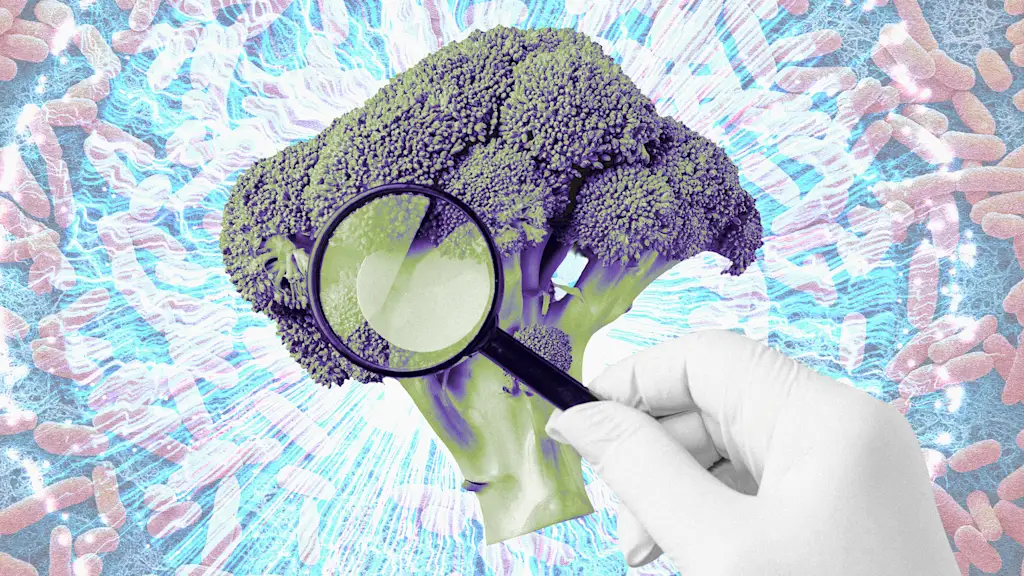
"A recent letter from the U.S. Food & Drug Administration (FDA) encouraged industry leaders to streamline and enhance product recall communications, highlighting the need for industry and government systems to transform and evolve to deliver timely updates to the public. As part of the letter, the FDA recommended a strategic overhaul for communications strategies leveraging cutting-edge technologies to collect, analyze, and disseminate recall information."
"While it's critical that technology, and eventually AI, be used throughout the recall comms process-and it already is-there are numerous other aspects of recalls that are already being improved by technology that will continue to see significant advancements in the second half of 2025 and heading into 2026. This also comes at a time when the number of recalled products surged 25% to 125.37 million, and the number of food items recalled by the FDA increased by 232% in Q1 2025."
The FDA encouraged industry leaders to streamline and enhance product recall communications and recommended a strategic overhaul leveraging cutting-edge technologies to collect, analyze, and disseminate recall information. Technology and AI should be used throughout the recall communications process to increase speed and accuracy. Other technological improvements are already enhancing recall processes and are expected to advance through late 2025 and into 2026. Recalled products surged 25% to 125.37 million, and FDA food recalls rose 232% in Q1 2025. Speed and a multi-modal communications strategy tailored to generational preferences are critical to ensure rapid consumer notification. Improved recall communications will bolster company reputation and brand trust amid shifting regulation.
Read at Fast Company
Unable to calculate read time
Collection
[
|
...
]